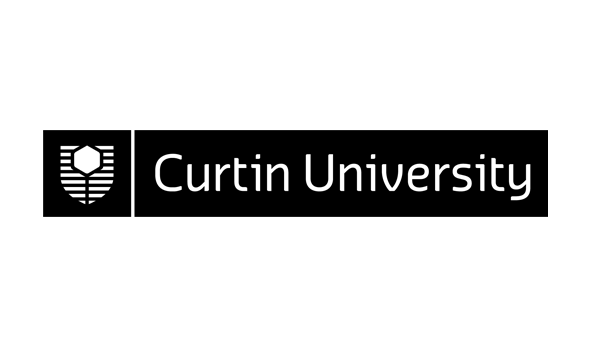312496 (v.1) Synthetic Methods in Chemistry 311
| Area: | Department of Applied Chemistry |
|---|---|
| Credits: | 25.0 |
| Contact Hours: | 6.0 |
| ** The tuition pattern below provides details of the types of classes and their duration. This is to be used as a guide only. For more precise information please check your unit outline. ** | |
| Lecture: | 2 x 1 Hours Weekly |
| Tutorial: | 1 x 1 Hours Fortnightly |
| Laboratory: | 1 x 4 Hours Weekly |
| Prerequisite(s): |
312489 (v.1)
Chemical Structure and Spectroscopy 201
AND |
| Syllabus: | Synthesis What is synthesis? Retrosynthetic analysis. Oxidation and reduction reactions and protecting groups. Carbon-carbon bond forming reactions: Carbanion chemistry, transition-metal catalysed cross-coupling reactions, olefin metathesis. Pericyclic reactions: types of pericyclic reactions, electrocyclisations, the Diels-Alder reaction, the Cope and Claisen rearrangements. Total Synthesis. Organometallic chemistry Classes of organometallics, bonding, CO bonding, 18 electron rule. Types of ligands including phosphines, alkenes and arenes . Organometallic species and reactions used in the commodity and fine-chemical industries. Catalysis Homogeneous and heterogeneous catalysts, important ligands used in catalyst design, important "steps" in catalytic reactions, how do we measure catalyst efficiency? |
| ** To ensure that the most up-to-date information about unit references, texts and outcomes appears, they will be provided in your unit outline prior to commencement. ** | |
| Field of Education: | 010500 Chemical Sciences (Narrow Grouping) |
| SOLT (Online) Definitions*: | Not Online *Extent to which this unit or thesis utilises online information |
| Result Type: | Grade/Mark |
Availability
Availability Information has not been provided by the respective School or Area. Prospective students should contact the School or Area listed above for further information.

